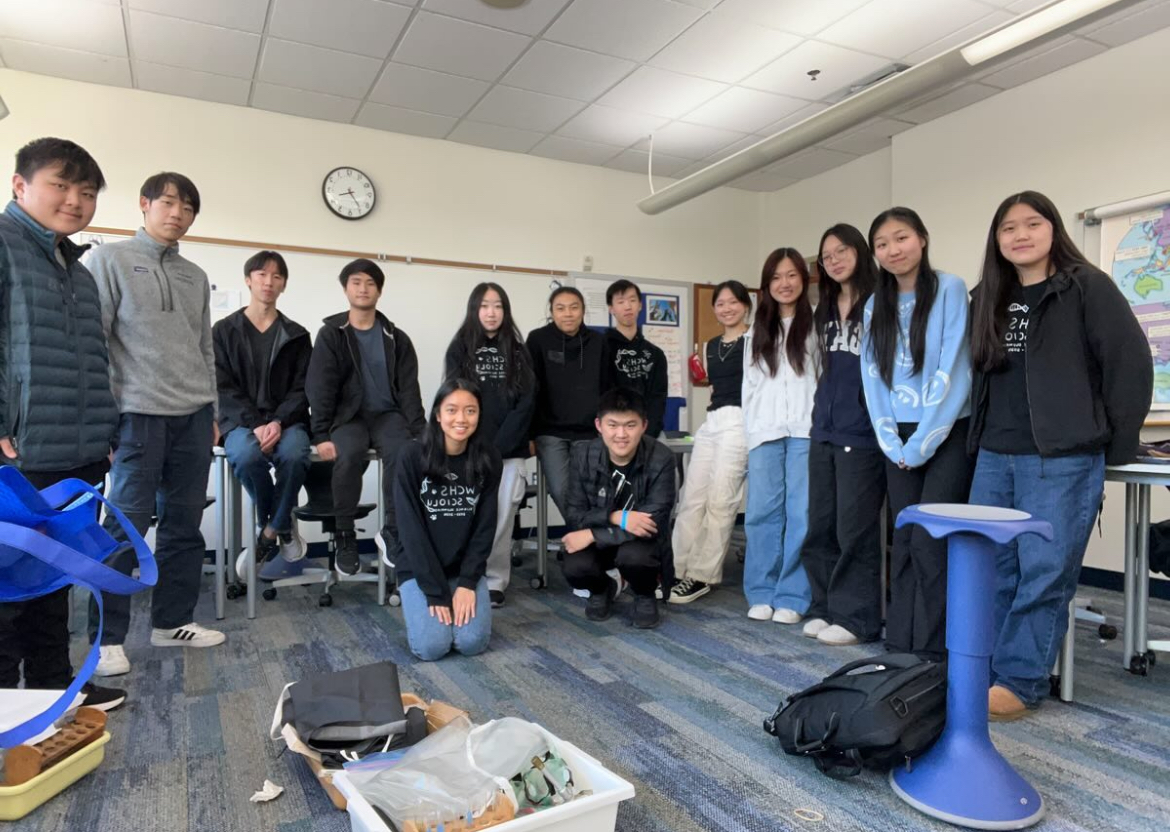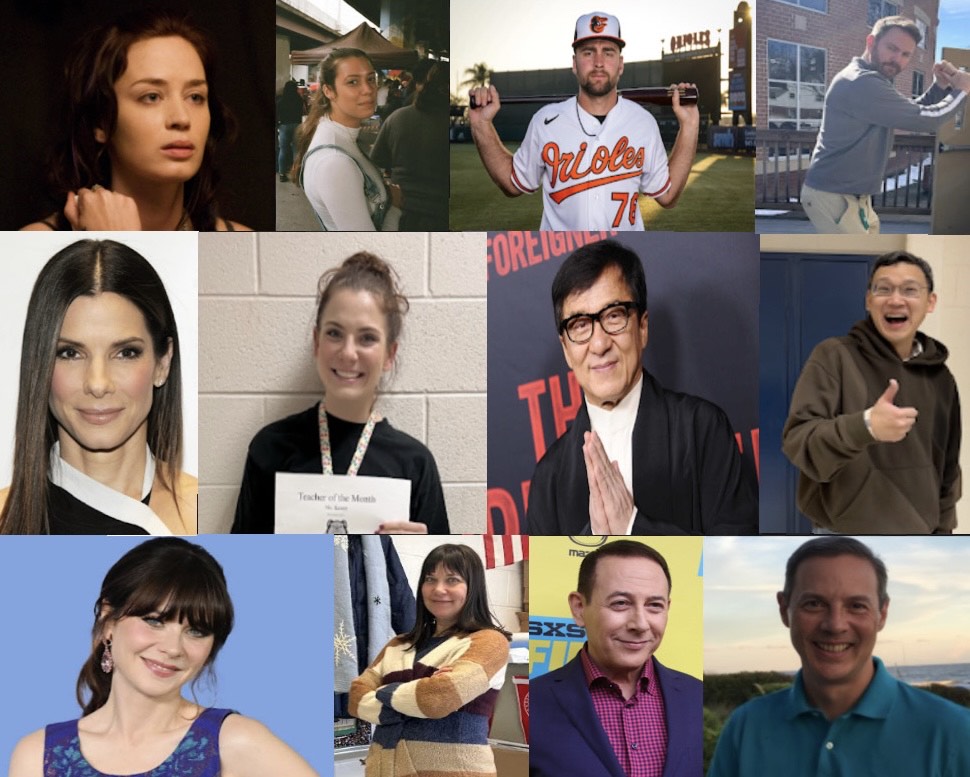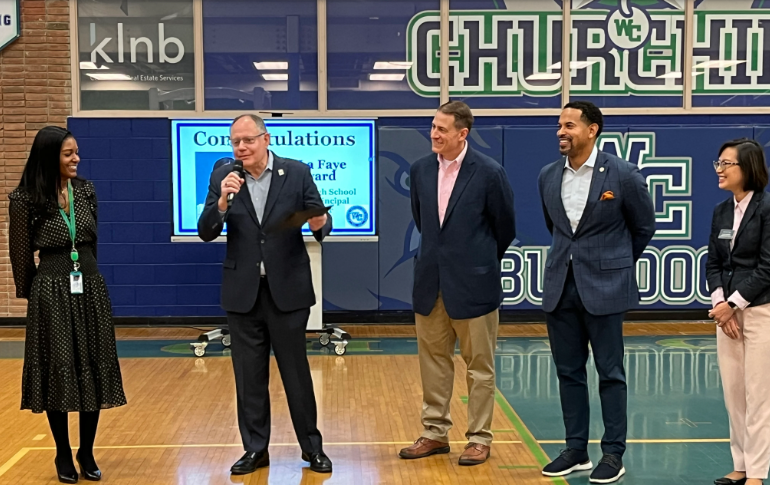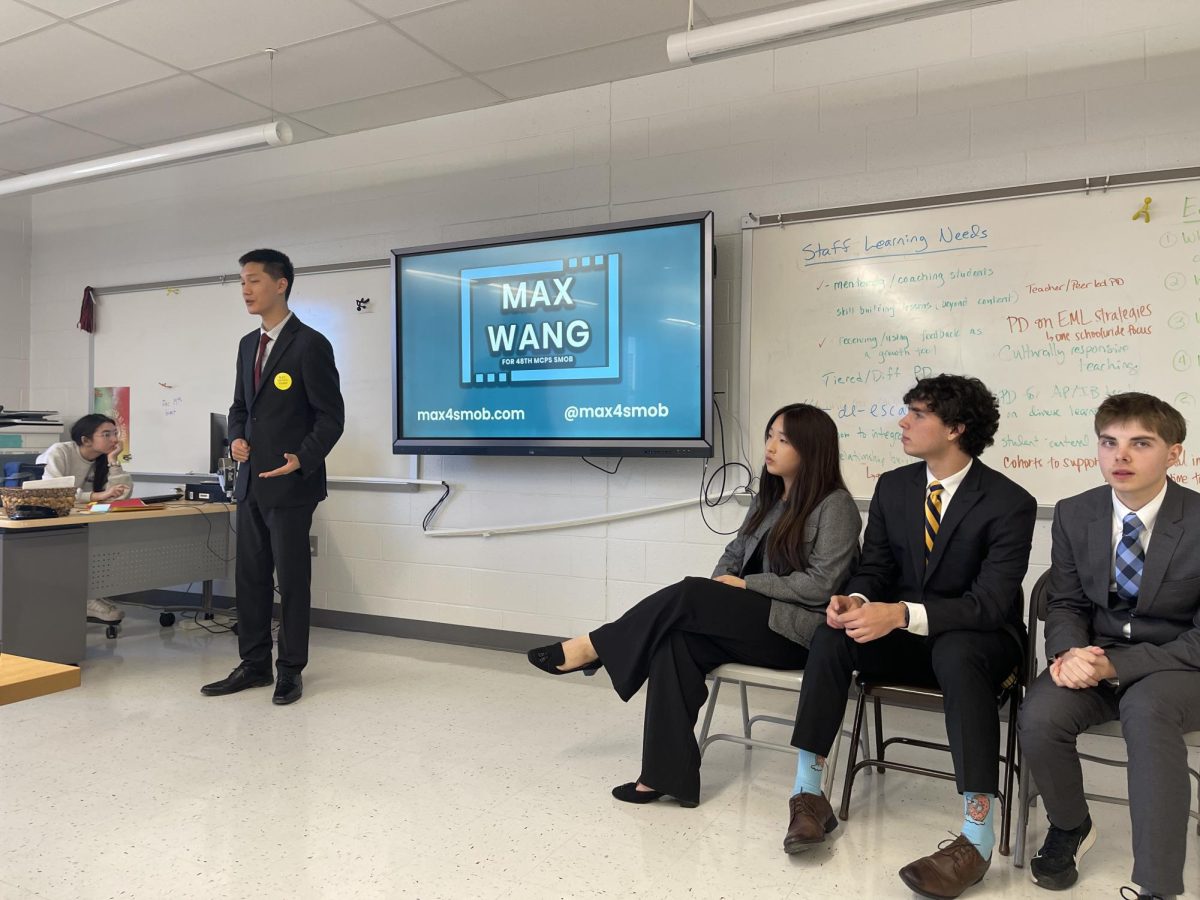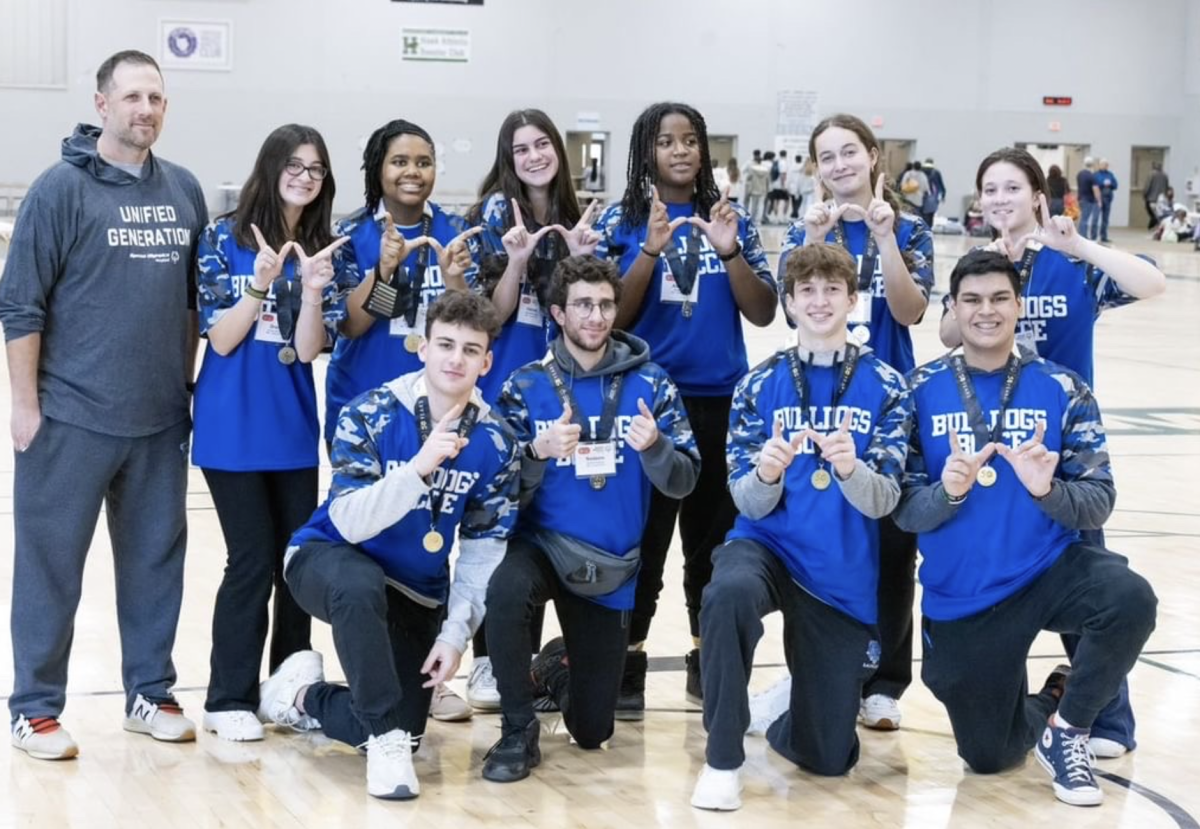With spring in the air, people flock to malls in search of the new spring trends. Not only does going to a store involve encounters with racks of clothing, but it also involves encounters with inquisitive salespeople.
A survey of 86 CHS students showed that 44 percent think Nordstrom has the best customer service. On a recent shopping
excursion, it took three minutes and 34 seconds for a salesperson to approach us in the Nordstrom BP department. In contrast, three percent of the surveyed students chose Hollister as their favorite store for costumer service in Montgomery Mall. It took approximately six seconds after we entered the store for an employee to ask, “Hey, what’s up?”
Often when walking into a store, shoppers
are swarmed with questions such as “Do you need help with anything?” or “What are you looking for today?” The specific ways stores train employees to approach customers differ, but it all falls under the umbrella of customer service.
Some people think that the secret to a successful store is customer service because without customers, there would be no business.
“We tell our employees to always use good judgment when dealing with customers,”
Montgomery Mall Nordstrom’s customer service assistant manager Haby Diallo said. “Take care and make the best possible experience for the customer.”
Hollister’s policies are no different.
“They train us all on how to interact with costumers and how we should approach
difficult people,” Hollister employee
senior Lauren Barber said.
Every couple of months Hollister employees
are required to say a different greeting to each customer who walks into the store. According to Barber, these special
greetings are known as catchphrases. March’s catchphrase is “Hey, what’s up?”
A good experience for one person might not be a good experience for another.
People’s customer service preferences and what they look for in a salesperson vary. Freshman Hope Kean does not like when a salesperson approaches her and asks her if she needs help.
“A good salesperson cannot be pushy,” Kean said. “I think that if I wanted help, I would ask [the salesperson] for help. It makes me feel obligated to talk to them about my shopping experience.”
A survey of 86 CHS students showed 56 percent did not like a salesperson approaching
them for help.
Junior Nick O’Brien doesn’t mind if salespeople
approach him, as long as they are genuinely interested in trying to help him.
“There are two sides to consumerism,”
O’Brien said. “There are sellers who actually want the buyer to buy the best valued product and there are sellers who want to rip off the buyer and sell them the worst product.”
Categories:
Students have varying tastes in customer service
By Lori Koenick,
Staff Writer and
Allison Srour,
Contest Manager
March 23, 2011
Story continues below advertisement
0
More to Discover



